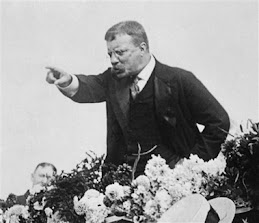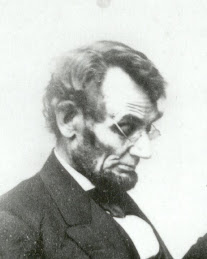
This isn't exactly news, but I just watched a two-disc set on the battle at Iwo Jima (February 1945) and was reminded that one of the six soldiers photographed in the iconic image of the men raising the flag on Mt. Suribachi was from Wisconsin.
John Bradley was born in Antigo, raised in Appleton, and ultimately died back in Antigo (July 10, 1923 to Jan. 11, 1994). He was wounded in battle after the flag-raising and was pulled from the front to help sell U.S. war bonds. While he was horrified by what he witnessed on the battlefield, particularly as a Navy corpsman, he did portray himself in the 1949 John Wayne classic "Sands of Iwo Jima".
He suffered from post-traumatic stress disorder and was haunted by the torture and death of his friend from Milwaukee, Ralph "Iggy" Ignatowski. The two had been holed up during battle on Iwo, when Bradley lit out to assist a fallen Marine. When he returned to where he and Ignatowski had been, his friend was gone and no one seemed to know where he'd gone. It wasn't until days later that Bradley and others discovered Ignatowski's body, which had been dragged down a tunnel by the Japanese. Iggy had been tortured beyond belief, and Bradley never really recovered from the episode.
Following is his citation for the Navy Cross:
"For extraordinary heroism in action against the enemy at Iwo Jima on February 21, 1945 as a hospital corpsman attached to a Marine Rifle platoon. During a furious assault by his company upon a strongly defended enemy zone at the base of Mt. Suribachi, Bradley observed a Marine infantryman fall wounded in an open area under a pounding barrage by mortars, interlaced with a merciless crossfire from machine guns."
"With complete disregard for his own safety, he ran through the intense fire to the side of the fallen Marine, examined his wounds and ascertained that an immediate administration of plasma was necessary to save the man's life. Unwilling to subject any of his comrades to the danger to which he had so valiantly exposed himself, he signaled would-be assistants to remain where they were. Placing himself in a position to shield the wounded man, he tied a plasma unit to a rifle planted upright in the sand and continued his life saving mission. The Marine's wounds bandaged and the condition of shock relieved by plasma, Bradley pulled the man thirty yards through intense enemy fire to a position of safety. His indomitable spirit, dauntless initiative, and heroic devotion to duty were an inspiration to those with who he served and were in keeping with the highest tradition of the United States Naval Service."
Bradley's story is recounted by his son James in the 2000 book 'Flags of Our Fathers,' which Steven Spielberg and Clint Eastwood turned into a 2006 movie of the same name.



No comments:
Post a Comment